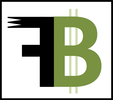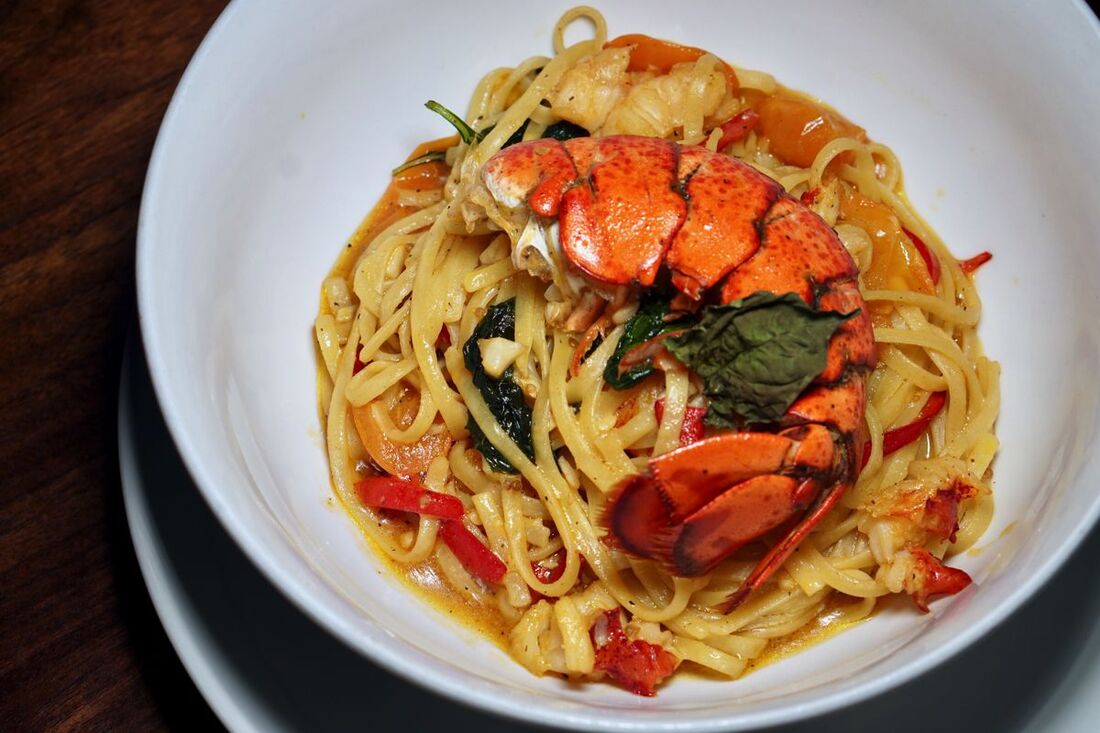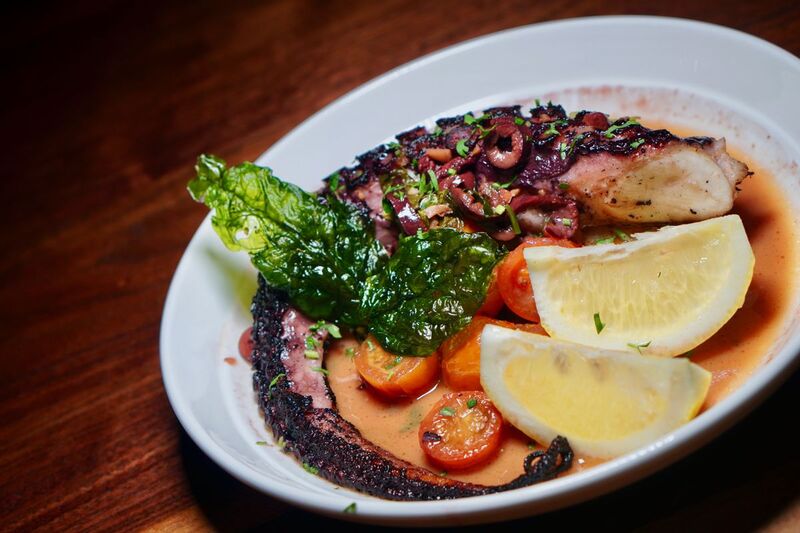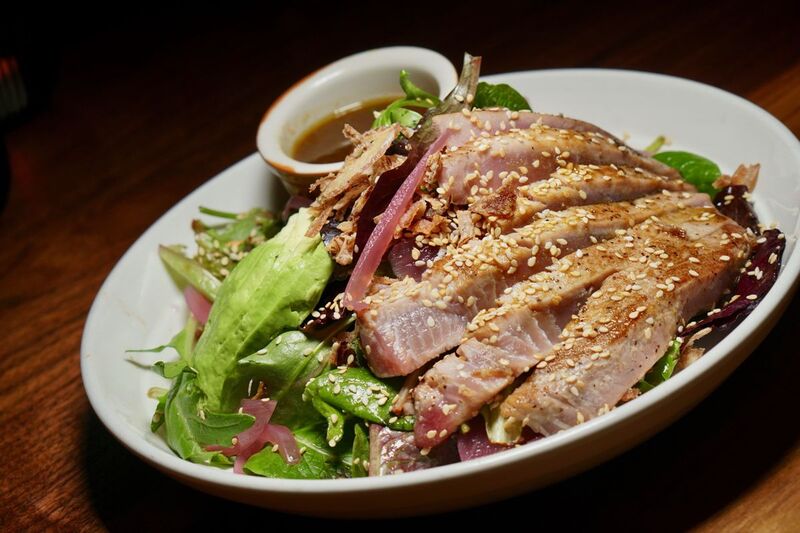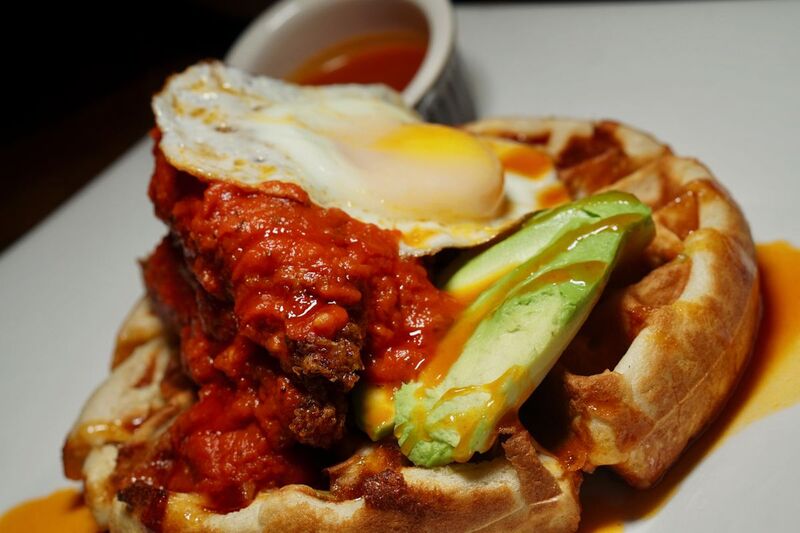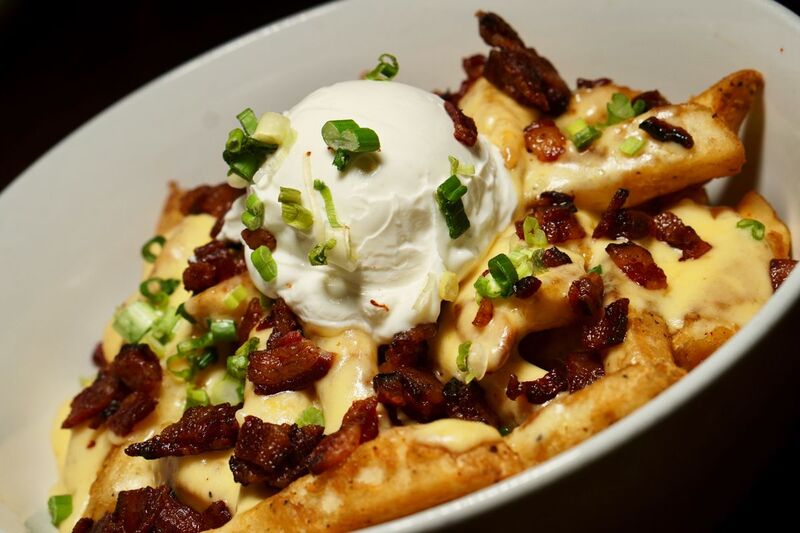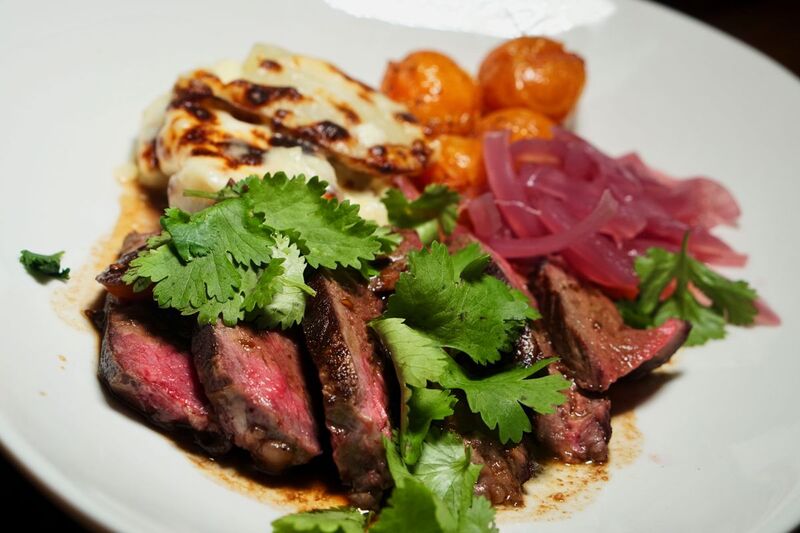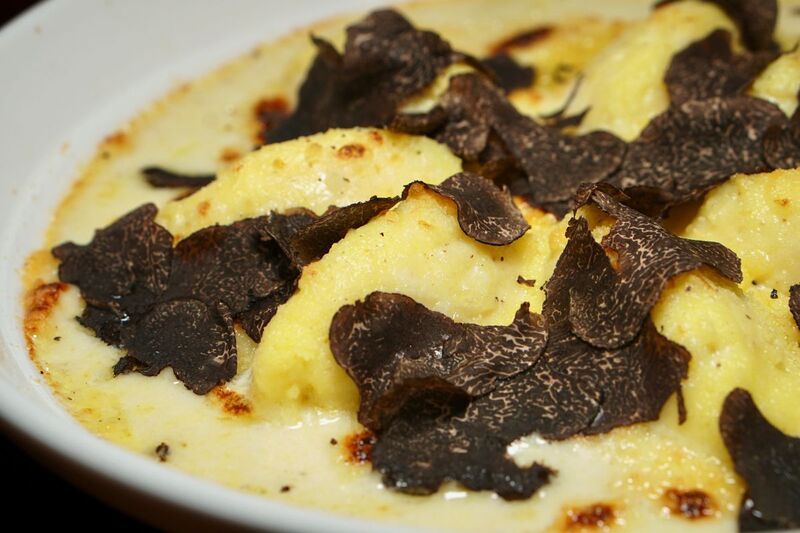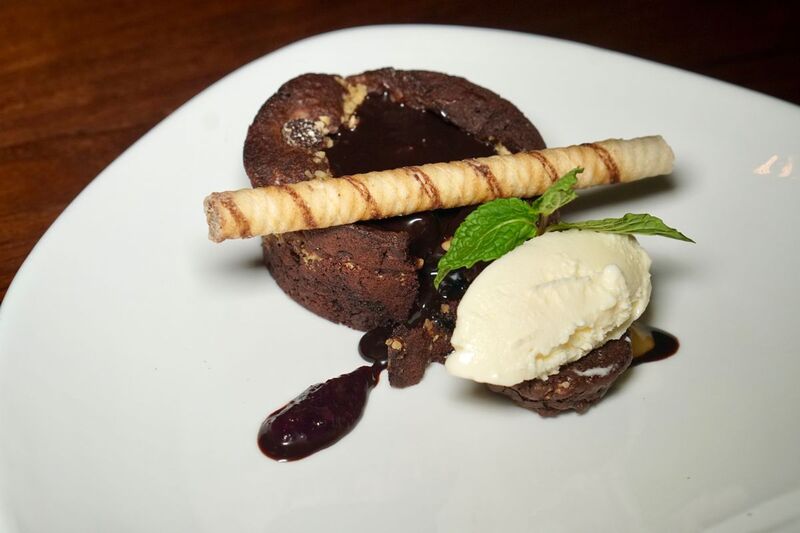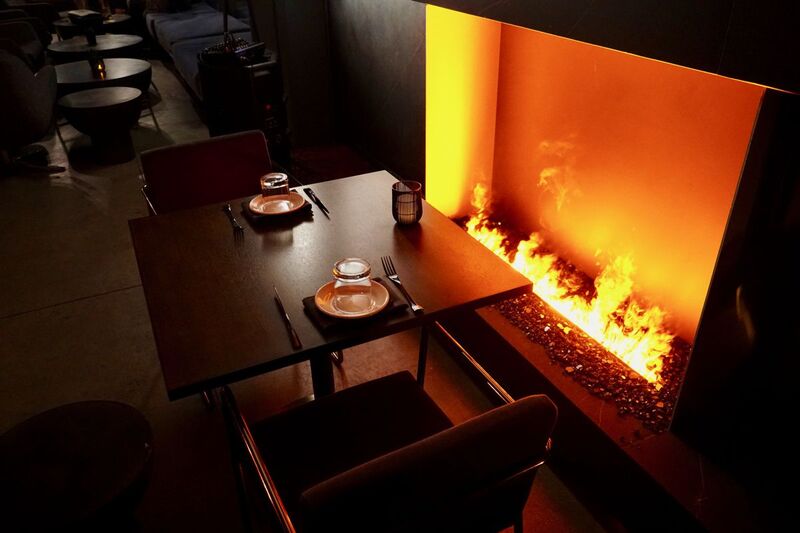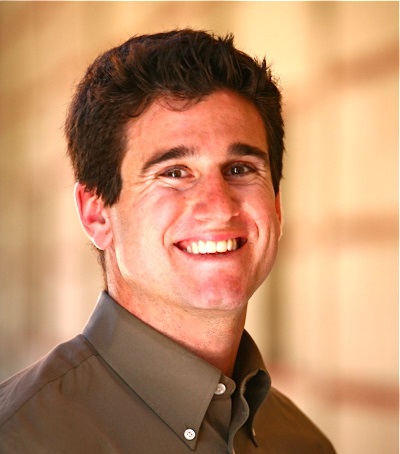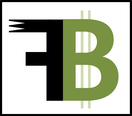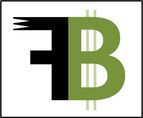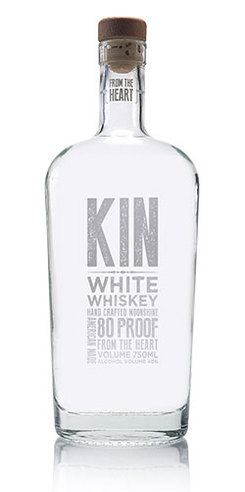 Bernard Lax is riding a big change in the spirits world. The founder of KIN White Whiskey, Lax revamped your typical 'moonshine' into a refined and adventurous product--helping reshape the category in the process. Claiming to be "interchangeable with vodka, gin and rum," KIN packs all the punch of your standard 80-proof alcohol without the bite of its predecessors. KIN's new-age taste and old-school rebellious culture is making its way across Southern California restaurants and retailers. KIN also exemplifies the significant role that branding plays in the food & beverage world. While Lax has created a heck of a product, he doesn't come from a distilling background. He comes from a marketing background, and that's exactly how he discovered the niche for KIN to establish itself as an industry leader. I had the opportunity to speak with Lax about the past, present and future for KIN White Whiskey. His insights make for an excellent case study on how to crack into such a competitive market How did you develop the idea for KIN? "It started with a friend based in Cartersville, Georgia, who used to bring in some ‘less than legal’ whiskey that came from down south. Most people had made [commercial moonshine] on more of a kitschy type of situation, and we thought there was a market to make a premium version of the product. We're taking a legacy element of the US and turning it into a premium product." "One of the issues with most white whiskeys is that they’re pretty harsh, so we made it more drinkable and easier to be mixed. It’s how it should taste. We fought for two years with the TTB* to call it white whiskey rather than moonshine. We're definitely not the first moonshine, but as soon as we got white whiskey approved, a bunch of people jumped on the bandwagon." Who is your target consumer? "Our demographic is the 21 – 40-year old risk taker and innovator. Spanning across sexes, they live an alternative lifestyle...more of a Kurt Cobain type, Someone who sees the world differently. Everyone pretends they’re a nonconformist until they walk up to a bar and order vodka.We're after someone who likes to discover, someone who takes a chance. We want people to ‘discover’ [KIN]. We want the people who ‘get it,’ someone who wants to try something else." What inspired KIN's "proud to be immature" brand culture? "White whiskey was derived from people who don’t follow the rules. It's the whole aspect of not following the rules, of being different. Marketing a product that doesn’t easily fit into a category is what we’re all about. Where can we find KIN right now? "We’ve targeted very specific locations in LA and San Diego. We're preparing a sales performance outlook to present to distributors. We started in California because we knew we needed to prove there was a market, and many core customers live here. Liquor stores are our weakness. They’re more ‘service by distributors, but those who carry [KIN] sell a lot of it. We'll also be online soon" KIN is currently served at The Churchill, Hutchinson, Barrel & Ashes, Sonny’s Hideaway Highland Park, Standard Rooftop Bar, Porta Via, Justice Urban Tavern, Public School 213, Sixth Street Tavern, Kitchen24 and Cliff’s Edge. Retailers include Almor Wine and Spirits, Keg ‘N Bottle and MiniBar Delivery Where do you see KIN going from here? "We see ourselves with distributors in every state eventually. Our goal is to get a 6-pack case in as many places as we can so that we can build ourselves in as many markets as possible. We want to be the product where [restaurants] go through a case every week. We’re doing that in restaurants right now. I don’t see our product as being on the shelf. I see it as what reach for when they’re making a martini. [KIN is] something fun to mix, shoot...more versatility than other product. The people we compete against, you can’t use their stuff in a mixed drink. *The TTB is the Alcohol and Tobacco Tax and Trade Bureau, which oversees labeling and classification [among other items].
0 Comments
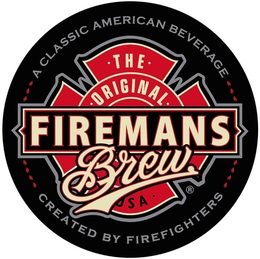 Fireman’s Brew is much more than a beer by firemen, for firemen. It’s a comprehensive brand that links distinct taste with the culture of its founders. With a blonde pilsner, redhead amber ale and 16-proof brunette doublebock, as well as a line of coffees and sodas, Fireman’s Brew is all about ‘extinguishing thirst’ and ‘igniting the party.’ But brand still sticks to its roots, donating a portion of its profits to the National Fallen Firefighters Foundation. COO Dave Johnson has played a critical role in the company’s growth, most recently working with investment bank Monarch Bay Securities to raise $5 million. Johnson sat down to discuss the brand’s continuing development. How did Fireman’s Brew get started, and what drew you into the business? “My business partner, Rob Nowaczyk, is an LA Country Firefighter. He got thirsty after a brushfire. He wanted to get a beer after work and asked his friends ‘why isn’t there a beer for firefighters?’” “At the end of 2006, shortly after getting out of [USC] Marshall, Rob recruited me away from the sports business. He had me come in to write the business plan and raise the capital for [Fireman’s Brew].” “I saw potential for a big brand here. This was an iconic and classic brand with national appeal. I wasn’t going to leave everything for a small-time brand. The name Fireman’s Brew and the mission we stand for appeals to people across America.” How has Fireman’s Brew grown since you joined in 2006? “You don’t really see how far you’ve come since you’re buried in [the business] every day. We used to deliver a keg at a time. Now we’re under contract with more than 40 distributors in 15 states, soon to be 17. [Fireman’s Brew] is in the top 20% of all breweries by production volume in the country.” How would you summarize the Fireman’s Brew brand? “We’ve got an incredible brand that fits a special kind of person. It all goes back to our roots. Everything you think about in a fireman, we want you to think about that character and quality in our products.” “You don’t see a fireman sticking his nose into a glass of wine. You don’t have to be a connoisseur to enjoy our products. We keep a very limited line of flagship beers while still appealing to a broad range of people.” Who is your target consumer? “We’ve got a dual track here. One is the natural firefighter/public service person. That’s the built-in market and the low-hanging fruit, but we’re not going to become a huge beer company with that.” “On the other end, we're looking at groups like millennials, with above-average income, college educated. Age 25 – 45, looking for a good beer that goes back to a good cause.” What made you decide to branch outside of beer and make nonalcoholic products? “Given that we’re marketing an alcoholic beverage in a public service agency, we want to recognize that there’s a time for fun and a time for work. That’s why we created ‘on duty’ drunks and ‘off duty’ drinks. We don’t want to give the impression that firemen drink on the job.” “We’re also a family brand, so now we can have fireman drinking our products with their kids.” Speaking of marketing plan, what is Fireman’s Brew’s marketing strategy? “An insanely high amount of beer festivals and tasting events. It’s very important for us to get the product in someone’s hands and make a connection with the customer. We want them to get the name and taste of it, so when they see it at the store they’re familiar with it.” “We’ve done quite a bit of publicity too. Things like cooking with beer segments on TV. We can’t afford big TV commercials but we do come up with creative pitches on the news.” “We also work with our distributors to connect with local fire departments. Each market we go into, we work with firefighter charities to reach out to those communities.” What are the next steps for Fireman’s Brew? “We’re raising capital to increase our sales presence. We plan to build a tasting room in Southern California for [research and development]. It will be a great base for testing out new flavors, seasonal beers and other products.” “Further down the road, we’re looking at multiple R&D facilities and tasting rooms. It’s a very exciting time for us and we’ve got some big things in the works.” To fully experience the conference room, it’s important to understand the story of the chef whose masterwork makes the restaurant tick. Because in a city like LA, where the so-called formula for a restaurant is typically something along the lines of ‘start with Italian, add some exotic-sounding stuff, and hope for the best,’ it’s rare to find a chef that has actually lived in the areas his menu represents. The Conference Room, while checking many of the hip and trendy boxes necessary for its roots in Playa Vista, in turn pays homage to the journey taken before the restaurant ever opened its doors. Executive chef Michelangelo Aliaga grew up in a small town in northern Peru. With a Peruvian mother and an Italian father, he moved to Barcelona as a teenager, where he then began his culinary training. Aliaga proceeded to spend the next several decades across many of Europe’s finest culinary cities, from Florence to London and many places in between. His next chapter took him to the US, where he met illustrious chef Ricardo Zarate, a fellow Peruvian, and a collaboration of South American fare with a heavy dousing of global influence blossomed. This takes us to The Conference Room. Chef Aliaga demonstrates tremendous pride in his work, from making pastas in-house to sourcing ingredients of the highest quality. Case in point with the truffle semolina gnocchi. Simple in nature but rich as can be, this decadent creation soaks up a rich cheese fondue with layers of beautiful black truffle shaved on top. Each bite makes it becomes harder and harder to keep your eyes open and remain composed. Then there’s the lobster spaghetti, equally luxurious in its own right with behemoth chunks of lobster claw and tail folded into a tangle of house-made pasta and an oh-so-flavorful lobster bisque sauce. Chef Aliaga has an eye for indulgence (as if his pastas didn’t already make that clear), and has prepared several comfort classics accordingly. The American smothered fries showcase a mountain of crispy potatoes enveloped in a house-made cheese sauce with hefty morsels of bacon on top. The chicken and waffles are presented with a surprising addition of avocado, fried egg cooked so perfectly that the yolk could burst with a slight gust of wind, and an addictive unification of maple syrup and buffalo wing sauce. But comfort food takes many forms, and for a Peruvian, that means lomo saltado. And lomo saltado chef Aliaga delivers, in grand fashion. The Conference Room’s menu and ambiance are like siblings: they get along in many ways, and yet in some cases it’s hard to believe they’re related. On one hand, loud ultra lounge-style music is a bit over-the-top for a restaurant surrounded by office buildings (even if those buildings play host to trendy tech giants such as Google and Facebook) but on the other hand, the restaurant’s capacity is limited to around 60 people, patio included, providing an intimate environment that’s as close to a classic Italian trattoria as you can get in the bustling context of Los Angeles. The trendy crowd and faux fireplace are always surefire reminders of being in a big city. The Conference Room is located at 12181 Bluff Creek Dr Suite A1, Playa Vista, CA 90094. Open 9a – 9p Mon – Wed, 9a – 10p Thu – Fri, 5 – 11p Sat. Avg. out-the-door price for appetizer, entrée, split dessert and 1 – 2 drinks is ~$95/person. For more information call (310) 862 – 6436 or visit ConferenceRoomRestaurant.com. |
AuthorBenjamin Brown is a seasoned restaurant writer and hospitality consultant, serving up SoCal's hottest food news and reviews. Categories
All
Archives
June 2021
@Foodie_Biz |
|
Home
About
Blog
Consulting Tips
Contact
Legal
|
Foodie Biz provides restaurant news and reviews for the food community, as well as consulting advice for restaurant owners and other hospitality professionals.
Contact Foodie Biz for media opportunities and freelance consulting projects. Contact Foodie Biz |
